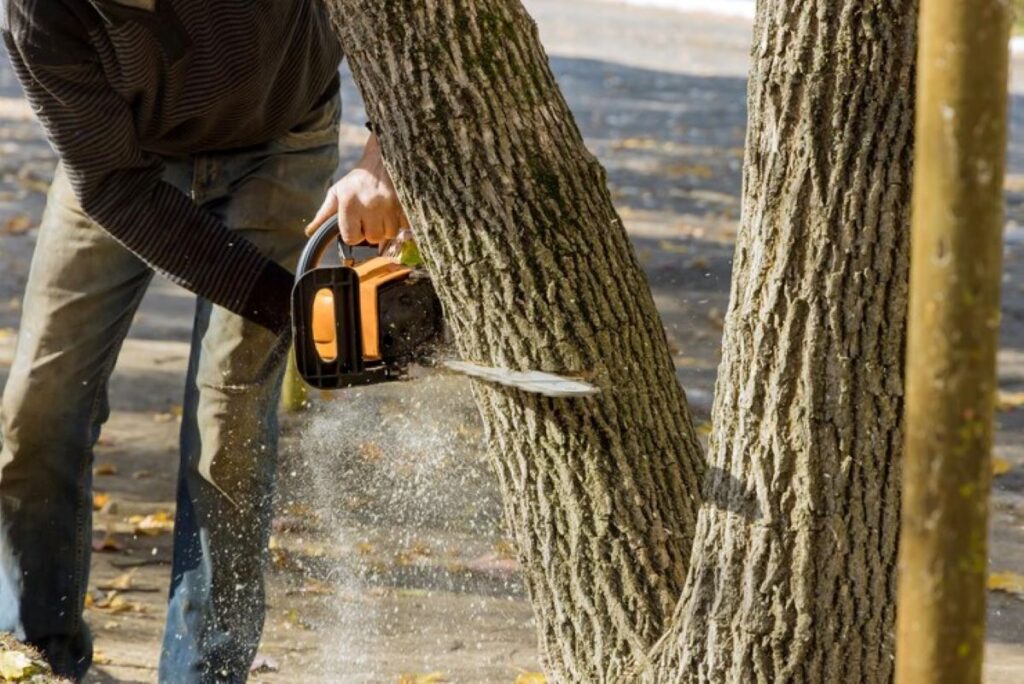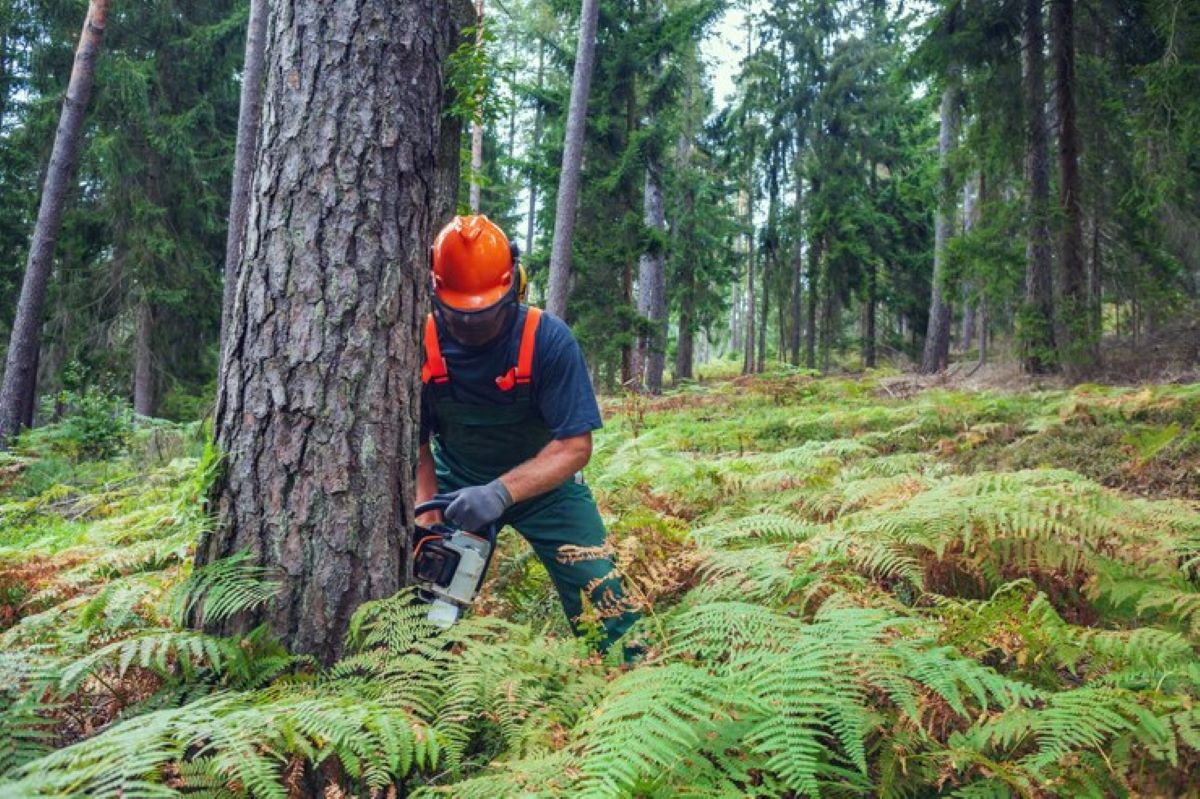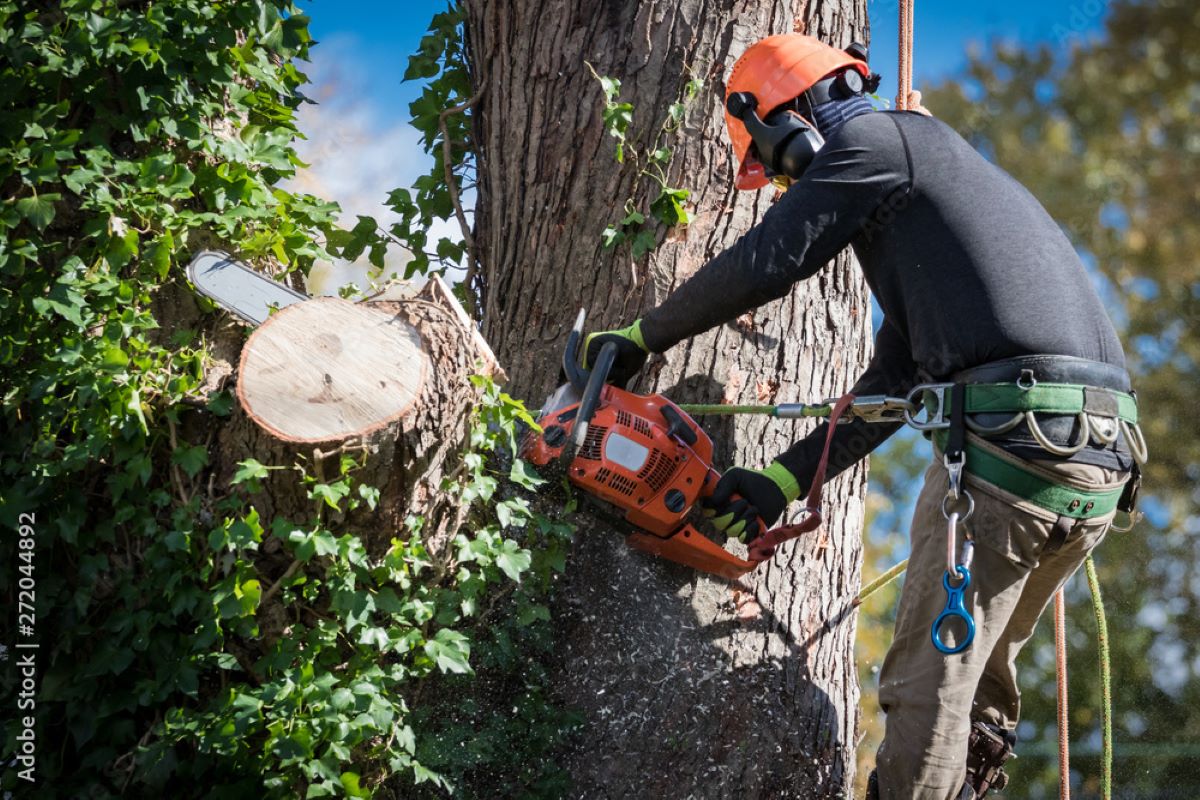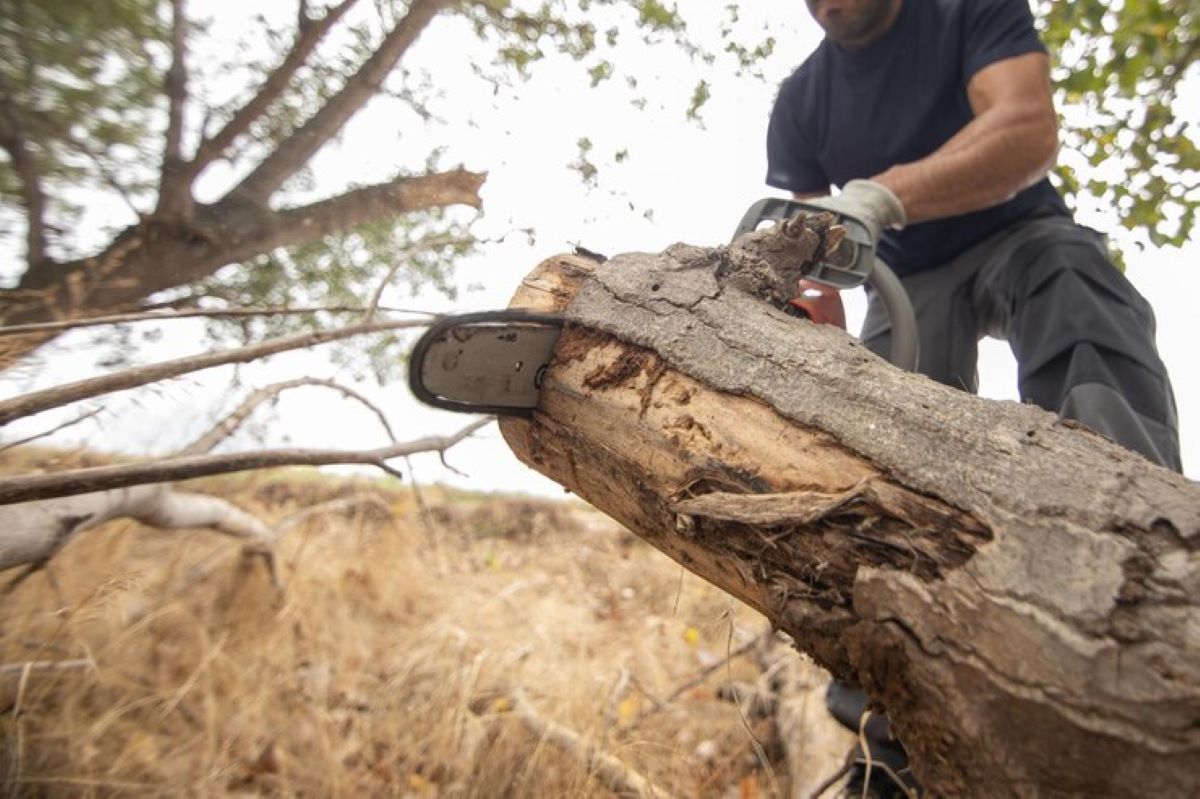Tree removal can be a daunting task, especially in an urban environment like Parramatta. Whether it’s due to disease, safety concerns, or simply the need for more space, knowing how to approach tree removal is essential. This guide will walk you through the necessary steps to ensure a safe and effective tree removal process.
Understanding the Need for Tree Removal
Before embarking on the tree removal process, it is crucial to understand why the tree needs to be removed. Trees may pose risks to property, infrastructure, or even personal safety. Additionally, some trees may be diseased or damaged beyond recovery.
Common Reasons for Tree Removal
Several factors can necessitate the removal of a tree. One common reason is structural damage; trees that are leaning or have large cracks may fall during storms, posing a risk to nearby buildings and people. Another reason is disease; trees affected by pests or diseases can spread these issues to healthy trees in the vicinity.
Moreover, trees may be removed to improve sunlight access for other plants or to create space for new constructions. Understanding these reasons can help in making an informed decision about whether to proceed with removal. Additionally, trees that are growing too close to power lines can create a significant hazard, leading to power outages or even fires. In urban areas, the need for space for infrastructure development, such as roads or buildings, often necessitates the removal of trees that may otherwise be healthy but are in the way of progress.
Legal Considerations
In Parramatta, there are specific regulations regarding tree removal, especially for protected species. It is essential to check with the local council to determine if a permit is required before proceeding. Failing to comply with local laws can result in hefty fines and legal repercussions. Furthermore, it is worth noting that certain trees may have cultural or historical significance, which adds another layer of complexity to the removal process. Engaging with local heritage groups or environmental organisations can provide valuable insights into the potential impact of tree removal on the community and the ecosystem.
In addition to legal considerations, it is advisable to consult with professional arborists who can assess the health of the tree and provide recommendations. These experts can help determine whether the tree can be saved through proper care and maintenance or if removal is the only viable option. Their expertise can also guide homeowners in selecting suitable replacement trees that will thrive in the local environment and contribute positively to the landscape.
Preparing for Tree Removal
Once the decision to remove a tree has been made, preparation is key to ensuring the process goes smoothly. This includes assessing the tree’s surroundings, gathering the necessary tools, and considering hiring professionals if needed.
Assessing the Surroundings
Before removal, it is vital to assess the area around the tree. Look for nearby structures, power lines, and other trees that could be impacted during the removal process. This assessment will help determine the safest and most effective way to remove the tree.
Consider the direction in which the tree will fall. It is crucial to plan an escape route for anyone involved in the removal process. Safety should always be the top priority.
Gathering Tools and Equipment
If opting for a DIY approach, ensure that you have the right tools for the job. Essential equipment includes a chainsaw, axe, rope, and safety gear such as gloves, goggles, and a hard hat. Each tool serves a specific purpose, and using the right equipment will make the process more efficient.
For those who are inexperienced, hiring a professional tree removal service is advisable. They have the expertise and equipment to handle the task safely and effectively.
Executing the Tree Removal
With preparations in place, the actual removal process can begin. This stage requires careful execution to avoid accidents and ensure that the tree is removed as planned.
Cutting the Tree
Start by making a notch cut on the side of the tree facing the direction you want it to fall. This cut should be about one-third of the way through the trunk. Following this, make a back cut on the opposite side of the tree, slightly above the bottom of the notch cut. This will create a hinge that guides the tree as it falls.
As the tree begins to lean, ensure that everyone is at a safe distance. The area should be clear of any obstacles to prevent injury or damage to property. Once the tree is down, assess the situation before proceeding to the next steps.

Removing the Stump
After the tree has been felled, the stump remains. Removing the stump can be done through various methods, including cut stump method, grinding, digging, or using chemicals. Grinding is often the most efficient method, as it reduces the stump to wood chips that can be easily removed.
For those who prefer a more natural approach, leaving the stump to decay over time is also an option. However, this can take several years and may attract pests.
Post-Removal Considerations
Once the tree and stump have been removed, there are several considerations to keep in mind. The area may require some cleanup, and there may be further steps to take regarding the soil and surrounding plants.
Cleaning Up the Area
After removing the tree, it is essential to clean up the area thoroughly. This includes disposing of branches, leaves, and any debris left behind. Proper disposal is crucial, as it can prevent pests and diseases from spreading to other plants.
Consider recycling the wood by using it for firewood or mulch. This not only reduces waste but can also benefit your garden.
Restoring the Soil
Tree removal can leave the soil disturbed, so it may be necessary to restore it. This can involve filling in any holes left by the stump or roots and adding fresh soil or compost to promote healthy growth for future plants.
Additionally, consider planting a new tree or other vegetation in the area. This can help maintain the ecological balance and enhance the aesthetic appeal of the landscape. Visit https://pattisdolls.com/stump-grinding-services-why-hiring-a-professional-is-crucial/ to get why hiring a professional is crucial for grinding stumps.
Hiring Professional Services
While some may choose to undertake tree removal themselves, hiring professionals can often be the best choice. Professional tree removal services have the expertise, equipment, and safety measures in place to handle the task efficiently.
Benefits of Hiring Professionals
One significant advantage of hiring professionals is their knowledge of local regulations and safety practices. They can ensure that the removal process complies with all legal requirements, reducing the risk of fines or legal issues.
Moreover, professionals are trained to handle unexpected situations that may arise during the removal process. Their experience allows them to assess risks quickly and take appropriate action, ensuring a safe environment for everyone involved.
Choosing the Right Service
When selecting a tree removal service in Parramatta, it is essential to do thorough research. Look for companies with good reviews, proper licensing, and insurance. Request quotes from multiple services to compare prices and understand the scope of work involved.
Additionally, ask for references or examples of previous work. A reputable company will be happy to provide this information, giving you confidence in your choice.

Conclusion
Tree removal in Parramatta is a process that requires careful consideration and planning. Understanding the reasons for removal, preparing adequately, and executing the task safely are all essential steps in this endeavour. While some may choose to tackle the job themselves, hiring professionals can provide peace of mind and ensure a safe and efficient removal process.
By following this guide, residents of Parramatta can approach tree removal with confidence, ensuring that their outdoor spaces remain safe and enjoyable for years to come.



